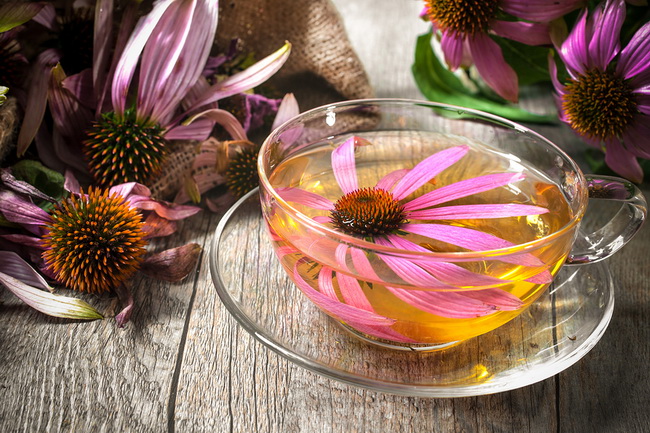- Make It Yourself Lavender Heart-Shaped Bath Bombs!
- 20 Things You Never Knew About “Down There”
- 12 Best Foods For Those Suffering From Arthritis Pain
- 12 Personal Hygiene Mistakes Almost Everyone Makes (Mom Never Told You About #4!)
- 15 Medicinal Plants And Herbs From The Cherokee People
- 12 Mind-Blowing Benefits Of Drinking Coconut Water During Pregnancy
- 12 Outstanding Winter Foods That Won’t Fatten You Up Like A Christmas Turkey
15 Natural Ways To Stop Impetigo (#4 And 9 Are Super Effective!)

Photo credit: bigstock.com
1. Echinacea
Hundreds of years before the discovery of antibiotics, Native Americans and folk healers used Echinacea for treating infections. You can use Echinacea both internally and externally to help speed healing. Echinacea is generally sold as tea. Drink three or more cups of Echinacea tea each day to improve your own immune system and fight this bacteria from the inside out. You can also make a compress by soaking a wash cloth in cooled tea and placing it over the infected areas for 10 minutes at a time. Repeat this three or more times each day. You should always use a clean wash cloth and wash the cloth in hot water afterwards to avoid spreading the infection to other parts of your body or to other persons.
2. White Vinegar
To encourage healing, you should use an antibiotic wash to keep the area clean. White vinegar is a terrific antibiotic that is completely natural. This will help to stop the spread of the infection and dry up the sores. Mix 1 tablespoon of white vinegar in 2 cups of warm water. You can apply this solution to the affected area using a cotton ball or simply pour it over the skin. Pat the skin dry. You can apply an over the counter antibiotic ointment if you like but this is optional. Do not scrub the area as you might spread the infection and it will irritate the skin further. Repeat this two or three times each day.
3. Myrrh Oil
This is an old home remedy that works remarkably well. Research studies have shown that myrrh oil improves the immune system in the body. It also has anti-inflammatory compounds that can reduce the redness caused by inflammation. Old home remedies call for mixing a few drops of myrrh oil in some raw, organic honey. Honey is also a natural disinfectant and has been used to stop infections for hundreds of years. Honey and myrrh oil will soothe the irritated skin and speed healing. Apply this mixture of myrrh oil and raw, organic honey to the affected area using a cotton ball. Allow it to work for 20 to 30 minutes, and then rinse off with warm water. Pat the area dry and cover with gauze. Repeat twice each day.
4. Heat Therapy
Using heat will kill the bacteria that cause impetigo. It also dries up the sores caused by these bacteria. Soak a washcloth in hot water and wring it out. Apply the hot washcloth to the affected area for 2 or 3 minutes, rinse and repeat. Do this three times or more each day. Always use a clean washcloth and wash used cloths in hot water to avoid spreading the bacteria. Some people say that using a blow dryer on the area three times each day (use at the lowest setting to avoid burning your skin) helps to kill the bacteria and dry up the sores quickly.
5. Ginger and Turmeric
These spices both have powerful anti-inflammatory compounds that stop the pain and redness of impetigo. Consume three or more cups of ginger tea each day as well as mixing one tablespoon of turmeric powder in a glass of warm milk and drinking this once each day. You can also apply turmeric to the wound to encourage healing. Mix some turmeric powder in either some olive oil or coconut oil and suing a cotton ball, apply this mixture to the affected area. Allow it to work for 20 to 30 minutes, and then rinse it off with lukewarm water. Repeat two or more times each day for quick results.
Continue to Page 3

































Miss Cellany
Jan 20, 2017 at 12:56 pm
Coconut oil works too, and helps the skin to heal.